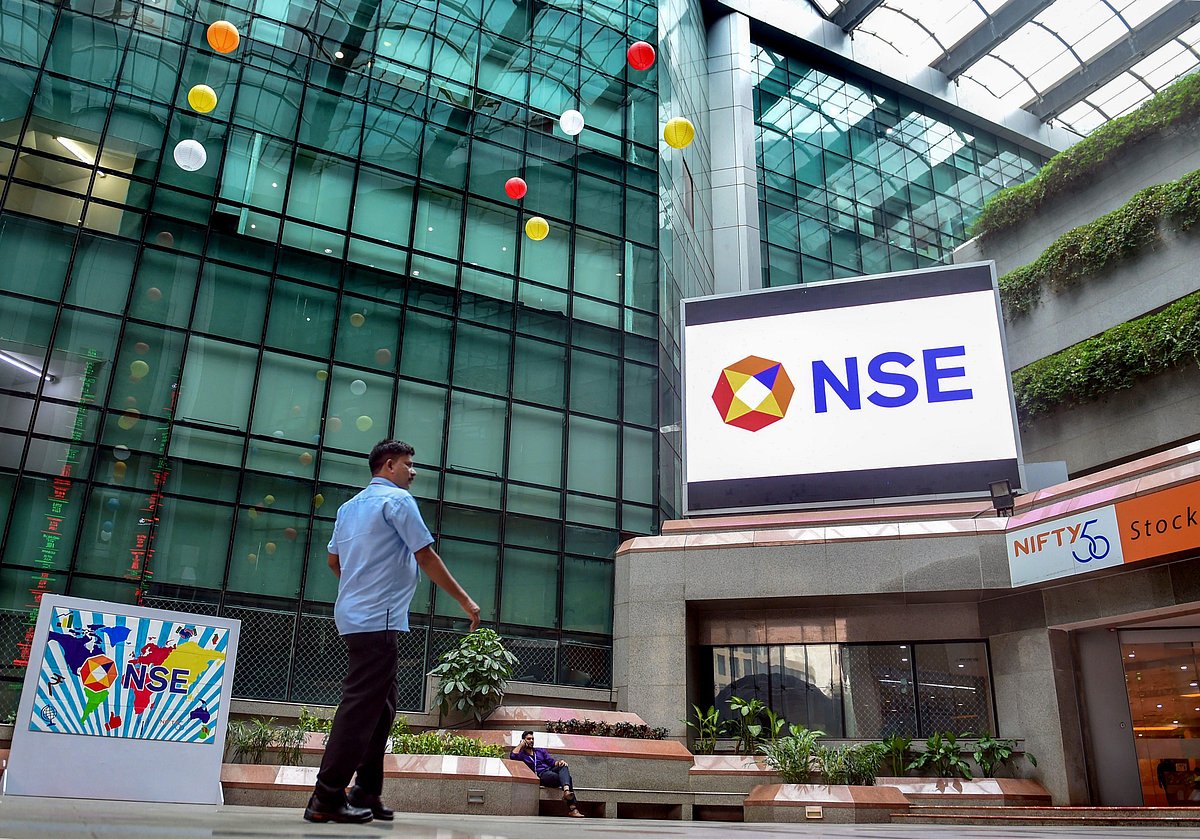The rating agency said the total average MTF book rose from Rs 0.85 trillion in September 2024 to Rs 1.02 trillion in September 2025 with the 12 months period showing a steady upward trajectory barring the first quarter when the market was too volatile. This is a Securities and Exchange Board-regulated leverage product that allows an investor to purchase listed shares by paying only a fraction of the trade value with the balance being funded by brokers for an interest that varies in a range of 8-16 percent depending on the investor and broker.
Average MTF on the NSE, which has over 95 percent of the market, has expanded from Rs 0.82 trillion in September 2024 to Rs 0.97 trillion in September 2025, a growth of 19 percent on-year and an absolute rise of Rs 0.18 trillion, Saurabh Bhalerao and Sudam Shingade, associate directors of the agency said in a note.
As against this the BSE saw a more pronounced percentage increase, rising from Rs 3,000 crore in September 2024 to Rs 5,000 crore in September 2025, a growth of around 35 percent. In total, combined MTF exposure across both exchanges grew by 19 percent in September 2025, moderating from 105.2% growth seen in the last year.
This trajectory reflects an underlying expansion in leveraged trading volumes driven by favourable equity performance, improved broker financing capacity, and greater retail participation, the report said.In September, the F&O segment recorded an average daily turnover (ADTO) of Rs 436.12 trillion, down 15.9 percent on-year from to Rs 537.02 trillion, reflecting moderation due to recent regulatory changes introduced by Sebi and increased securities transaction tax on options.
Sequentially, ADTO has risen since June 2025, driven by seasonal and earnings-related activity and index rebalancing. In contrast, the cash segment remained stable at Rs 1.06 trillion down 7.2 percent on-year, compared to increase of 89.8 percent a year ago, supported by steady retail and institutional participation. Overall, the market is in a phase of consolidation, with investors increasingly selective and adjusting to regulatory changes, while absolute turnover recovering steadily.
